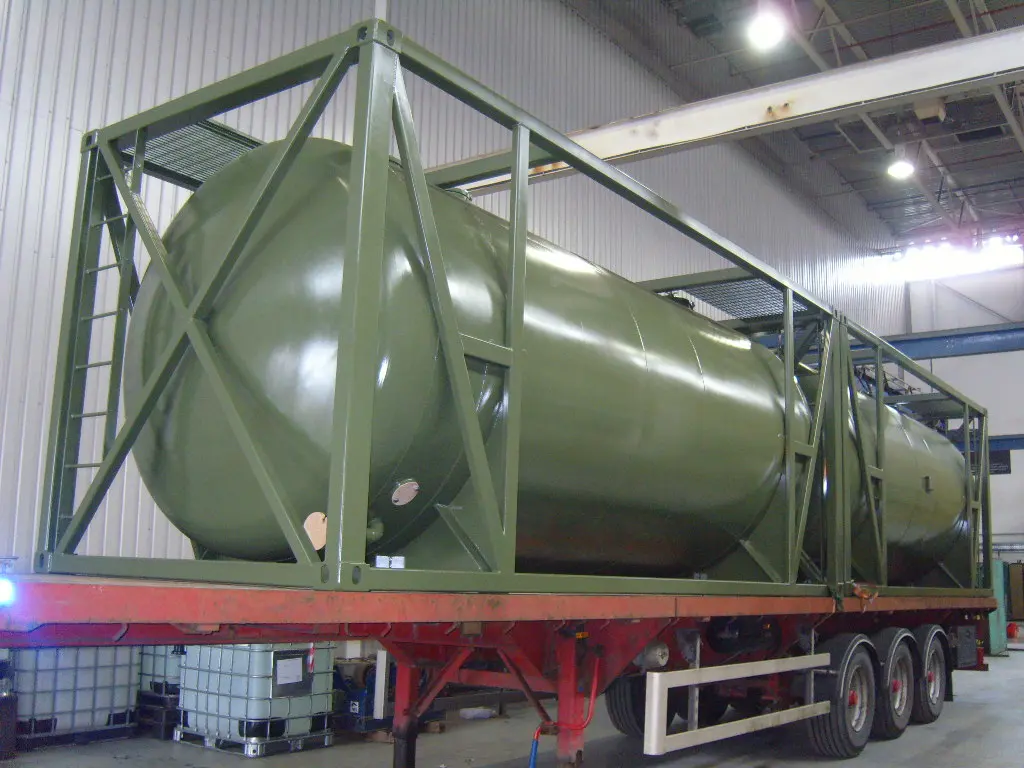
Standard vs. Custom Vessels in UK Water Treatment: Pros and Cons
Across the UK, water treatment plants rely on vessels to keep systems running safely and efficiently. Whether it’s a filter housing, a chemical dosing tank or a pressure vessel, the decision often comes down to one question: should you opt for a standard design or commission a custom build?
At first glance, the choice might seem straightforward – standard vessels are readily available, while custom solutions offer greater flexibility. But for UK operators, the reality is more nuanced. Factors such as compliance with the Pressure Equipment Regulations 2016, carbon impact, whole-life costs and site constraints all influence the decision.
Standard Vessels: Reliable and Readily Available
Standard vessels are manufactured to established specifications and are usually held in stock by suppliers. For many projects, this is an attractive option. They are proven, widely certified and can be delivered to site with minimal lead time.
For operators working to tight budgets or schedules, this reliability is invaluable. In most cases, standard vessels already meet UK regulatory requirements, including UKCA marking, and are well understood by inspectors and maintenance teams. Spare parts are straightforward to source, reducing the risk of downtime.
The main drawback is flexibility. If your plant has unique operating conditions such as aggressive wastewater streams, unusual pressure ratings or restricted access for installation, then a standard vessel may not fit the bill. Over time, this mismatch can translate into higher maintenance demands or premature replacement.
Custom Vessels: Designed Around Your Process
Custom vessels are engineered for the specific requirements of a site. This might mean tailoring dimensions to fit a compact plant room, specifying specialist materials to withstand chemical attack, or adding connections to integrate with existing infrastructure.
While custom design requires more upfront investment and longer lead times, the benefits are clear. By aligning exactly with process needs, a custom vessel can improve operational efficiency, extend service life and reduce the risk of unplanned failures. For water companies facing tightening discharge standards and evolving treatment requirements, that flexibility can prove invaluable.
However, it is important to weigh the additional responsibilities. Custom designs demand detailed engineering, close involvement with notified bodies and more rigorous documentation to comply with UK regulations. Operators also need to consider long-term servicing, as bespoke parts may not be as easily sourced as their standard counterparts.
Finding the Right Balance
The decision between standard and custom vessels often comes down to the specific context of a project. For routine applications where conditions are well within the capabilities of off-the-shelf equipment, standard vessels offer cost-effective peace of mind.
In contrast, when dealing with aggressive media, constrained sites or ambitious future expansion plans, a tailored design can provide a better long-term return on investment. Increasingly, UK operators are also factoring in sustainability—balancing the efficiency of standard production with the operational carbon savings that a well-designed custom vessel can deliver.
Conclusion
There is no one-size-fits-all answer. Standard vessels bring speed, cost efficiency and proven reliability. Custom vessels offer flexibility, optimisation and future-proofing. The best outcomes come from considering not just the initial purchase price, but also lifetime performance, compliance and sustainability.
At LTI-Vessco, we support UK water companies in weighing these choices. Whether supplying high-quality standard vessels or engineering custom designs, our goal is the same: to deliver solutions that keep water treatment safe, efficient and compliant for years to come.
